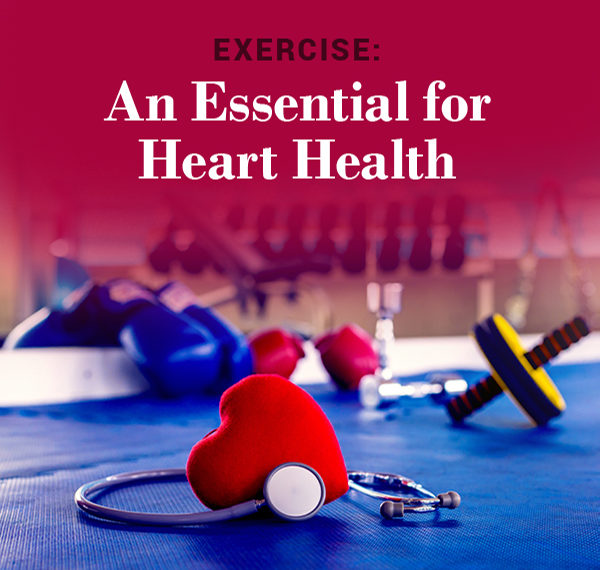To understand how heart disease works, imagine a steady flow of water filling your tank at home. When water gets to the tank, it goes through a network of pipelines to reach vital sources, such as your kitchen sink, bathroom shower and washing machine. If there’s a blockage in any of the pipelines, it can affect the vital source’s ability to deliver water efficiently. A compromise in the flow of water to the tank can also affect the overall network of pipelines, even leading to an entire shutdown of the system. Without proper maintenance, pipelines can be affected by debris build-up, wear and tear from increased water pressure or other system factors.
Similarly, your heart pumps blood and oxygen to your vital organs, enabling the body to perform its functions effectively. When any of the blood vessels become compromised from a build-up of plaque or inflammation, it may lead to reduced blood flow which is known as ischemic heart disease. This can have detrimental consequences such as a heart attack, stroke or even death. Heart disease can be caused by several factors including poor diet, stress and genetic predispositions. But did you know that there are ways to manage heart disease and even prevent it from occurring?
Exercise is an excellent way to keep your heart functioning optimally and has several benefits for reducing symptoms that lead to heart disease. Whether you’re a fitness junkie or just starting to take better care of yourself through exercise, here are a few benefits you should consider when taking care of your heart.
How Does Exercise Help the Heart?
Cardiovascular exercise works by increasing your heartbeat, which then increases the flow of blood throughout your body. When done regularly, it has numerous health benefits such as promoting weight loss, increasing HDL (good) cholesterol level, lowering blood pressure and releasing endorphins.
It also strengthens your heart’s ability to pump blood and oxygen to your organs and helps your body to function optimally. In doing so, cardiovascular exercise greatly reduces the risk of developing heart disease and helps your overall health. Wondering where to begin? Here are 3 types of exercises that you can try to diversify your fitness routine.
If you have any existing health conditions, have your fitness level evaluated by your doctor before engaging in any type of cardiovascular exercise as a precaution.
- Brisk Walking, Jogging or Running
Brisk walking, jogging or running are excellent ways to get your blood pumping and strengthen your heart muscle. These activities engage your entire body and work to elevate your heart rate, causing an increase of blood flow and oxygen throughout the body. Upon completing your brisk walk, jog or run, you’re sure to feel the aftereffects of endorphins and increased energy. Aside from the heart benefits, you also strengthen your muscles and help to maintain range of motion within your joints.
If you’re a more advanced fitness enthusiast, amp up the pace and try sprinting instead. Alternating intense bursts of sprinting with light jogging/walking – also known as a form of high intensity interval training – is proven to burn calories while developing lean muscle.
- Swimming
If you’re looking for a low-impact cardiovascular exercise, swimming is the way to go. Swimming works your heart muscle but is also easy on your joints if you’re concerned about cartilage wear or injury. There are also multiple types of swimming exercises if you’re looking for variety, such as the backstroke and butterfly stroke.
Looking for a way to switch it up? Try jogging on the spot in the shallow end of the pool. The water provides enough resistance to challenge you while also elevating your heart rate. In addition to improving your cardiovascular health, this exercise will also tone your legs and improve your overall strength.
- Dance, dance, dance!
If you’ve always wanted to try dance but haven’t gotten around to it, it’s never too late. Dance is a dynamic way to meet your cardiovascular exercise goals while also learning new moves. Whether, it’s a Zumba, salsa or ballet class, give it a try for a fun way to strengthen your heart muscle. Aside from the heart benefits, attending a class could also be a great social environment to meet like-minded dance enthusiasts who may also have similar health goals.
Before beginning any dance routine or technique training, be sure to warm up first to avoid the possibility of any injury or strain. Like any other sport, consistency is key to reap the cardiovascular benefits while sharpening your dance skills.
Whether it’s for an hour or just a few minutes, a daily routine that involves cardiovascular exercise will go a long way in preventing heart disease and will keep your heart performing at its best.
